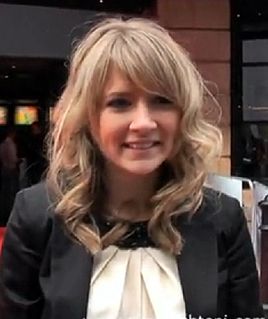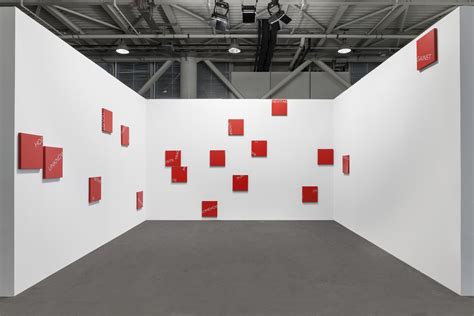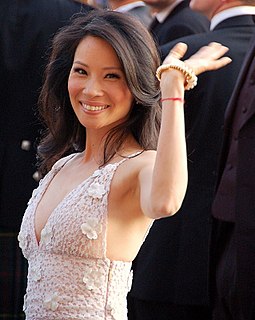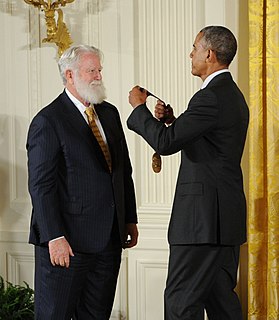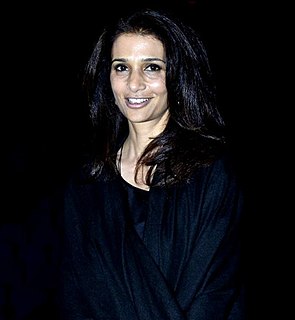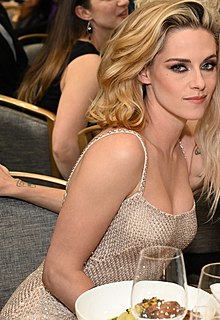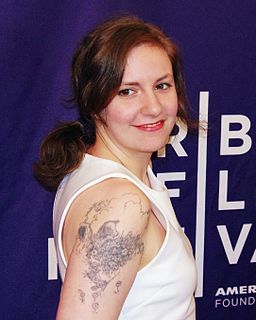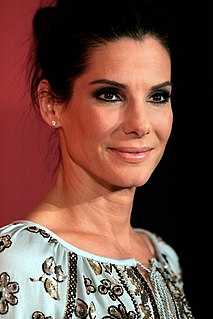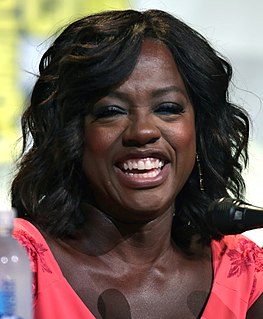A Quote by Eliza Bennett
Using my own hand as a base material, I considered it a canvas upon which I stitched into the top layer of skin using thread to create the appearance of an incredibly work worn hand. By using the technique of embroidery, which is traditionally employed to represent femininity and applying it to the expression of its opposite, I hope to challenge the pre-conceived notion that 'women's work' is light and easy. Aiming to represent the effects of hard work arising from employment in low paid 'ancillary' jobs, such as cleaning, caring and catering, all traditionally considered to be 'women's work'.
Quote Topics
Aiming
Appearance
Applying
Arising
Base
Canvas
Caring
Catering
Challenge
Cleaning
Conceived
Considered
Create
Easy
Effects
Embroidery
Employed
Employment
Expression
Femininity
Hand
Hard
Hard Work
Hope
Incredibly
Jobs
Layer
Light
Low
Material
My Own
Notion
Opposite
Own
Paid
Represent
Skin
Technique
Thread
Top
Using
Which
Women
Work
Worn
Related Quotes
There's a few historical reasons for why git was considered complicated. One of them is that it was complicated. The people who started using git very early on in order to work on the kernel really had to learn a very rough set of scripts to make everything work. All the effort had been on making the core technology work and very little on making it easy or obvious.
The legacy of women's war work is our present post-industrial employment structure. It was the war that created the demand for a technologically advanced, de-skilled, low-paid, non-unionized female workforce and paved the way for making part-time work the norm for married women now. A generation later, it was the daughters of wartime women workers who completed their mothers' campaign for equal pay.
Basically, you're still sitting there using just the muscles of your hand, really. Of one hand, actually. It's another example of the transfer of literacy to making music because the assumption is that everything important is happening in your head; the muscles are there simply to serve the head. But that isn't how traditional players work at all; musicians know that their muscles have a lot of stuff going on as well. They're using their whole body to make music, in fact.
